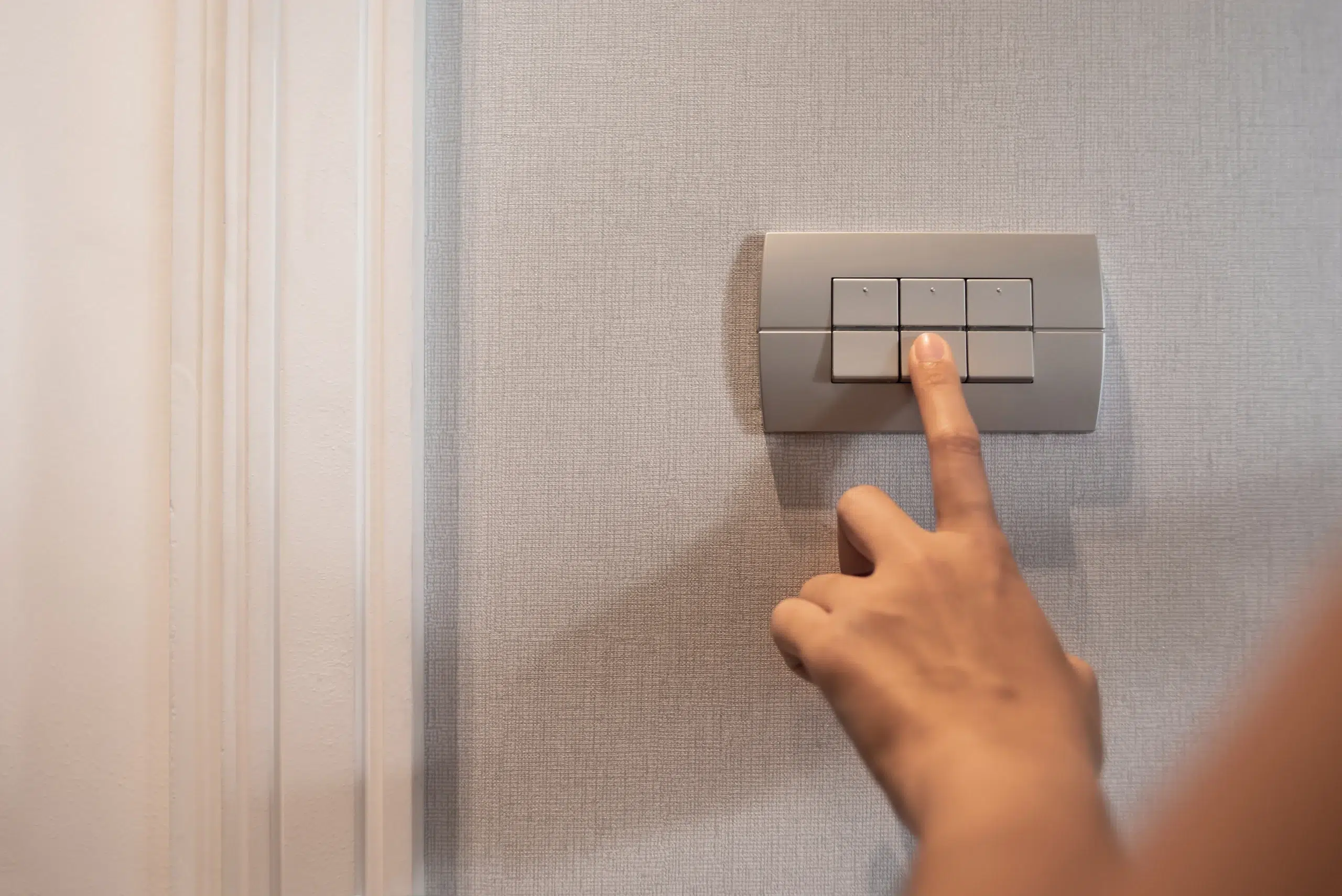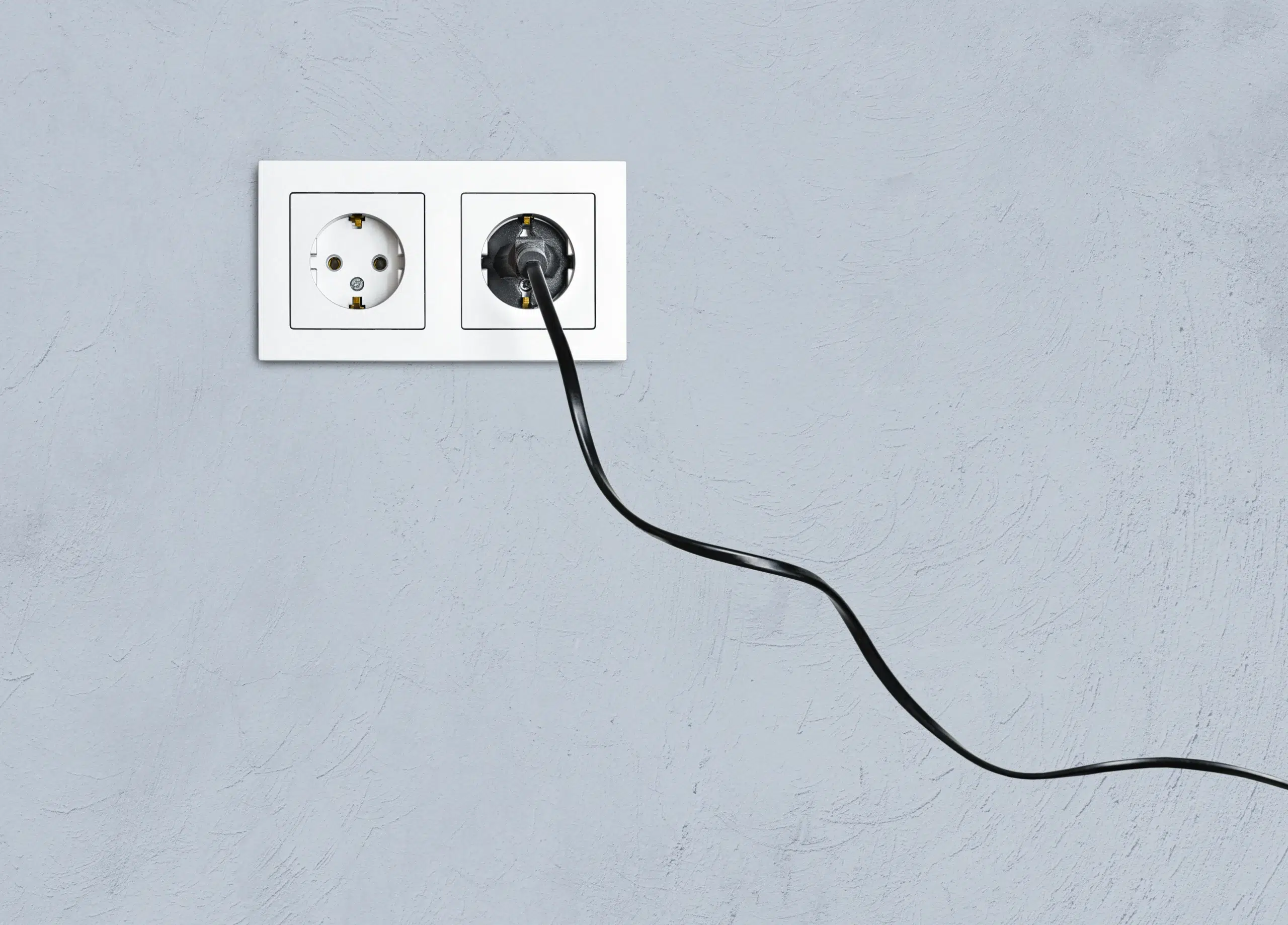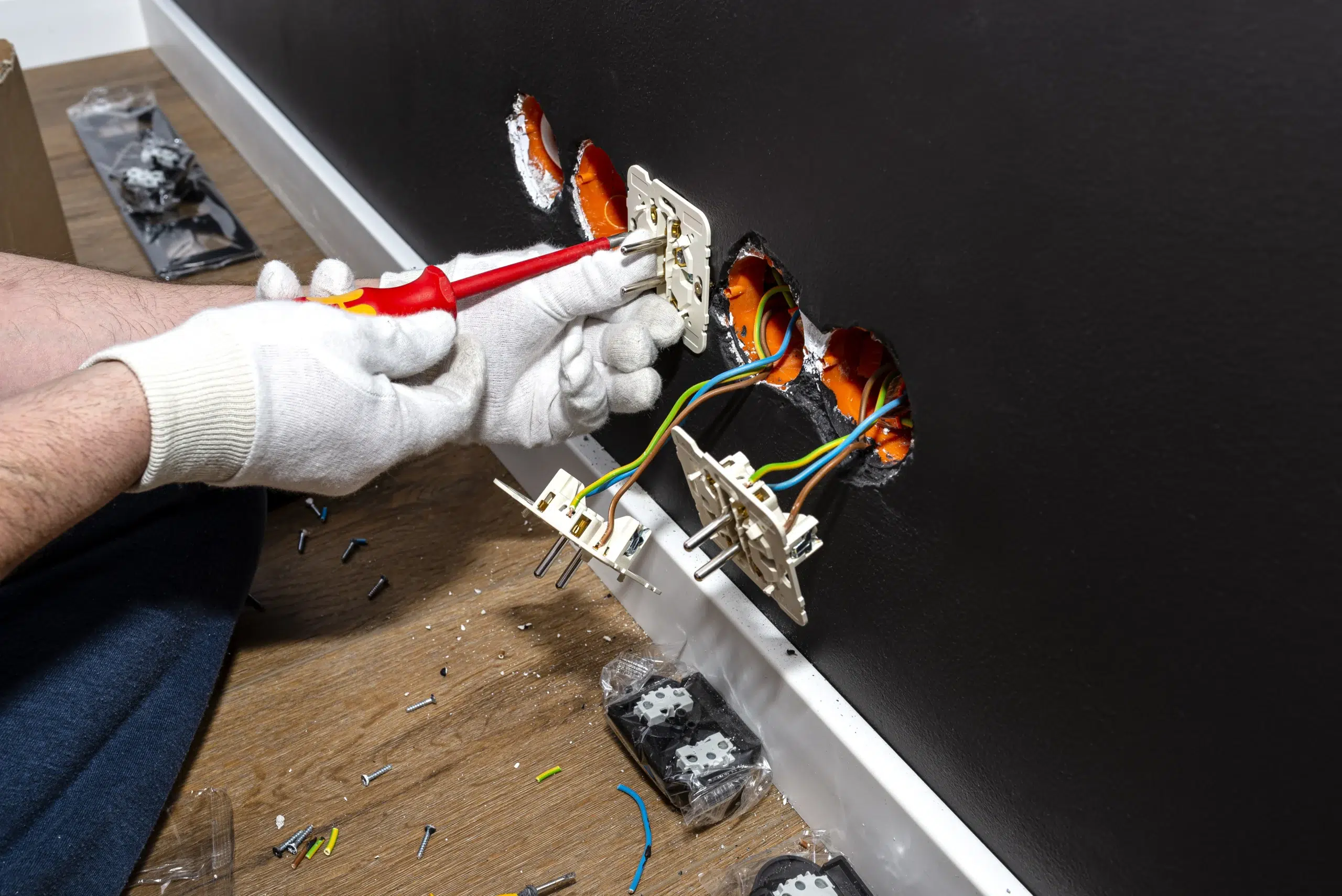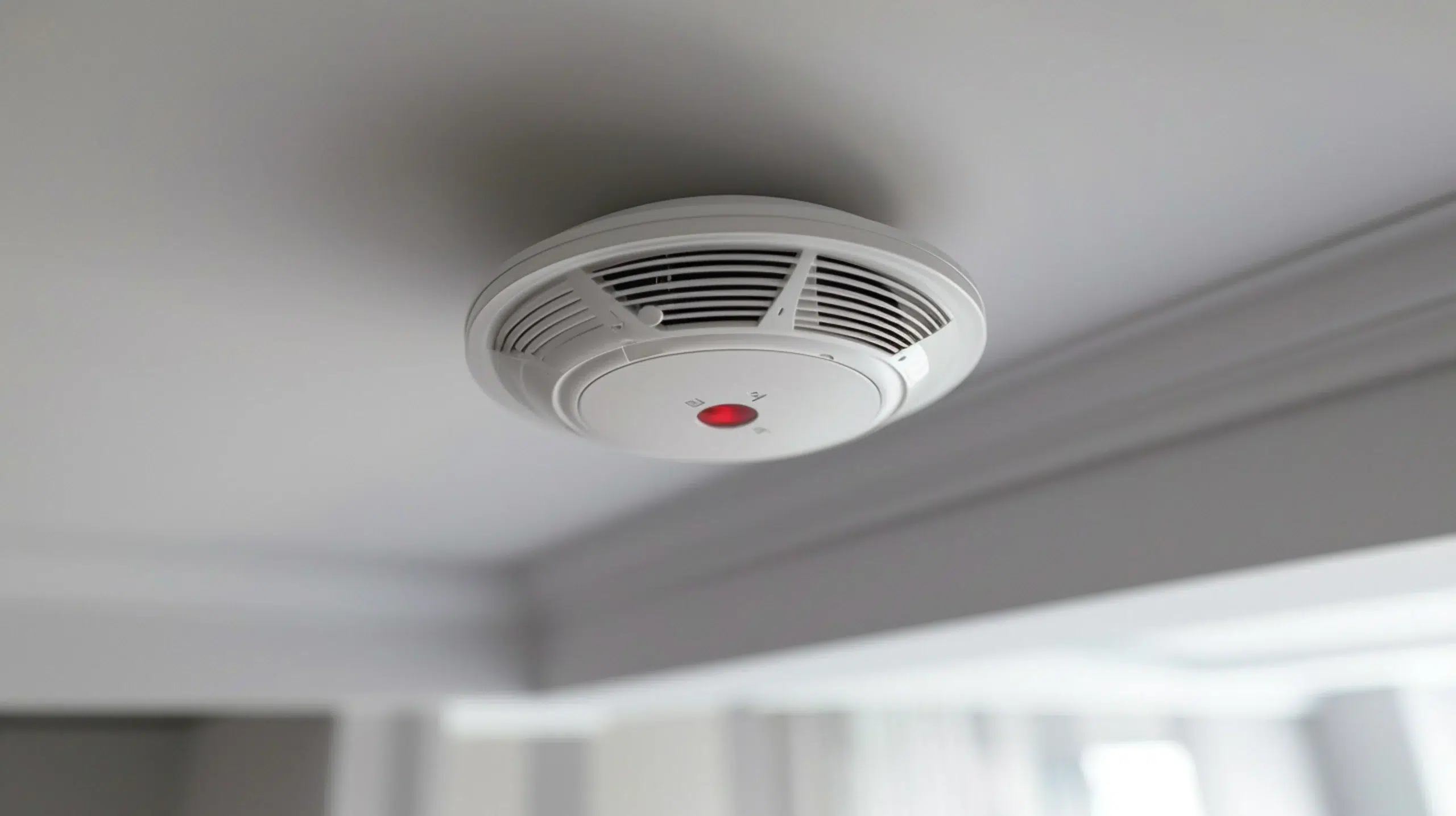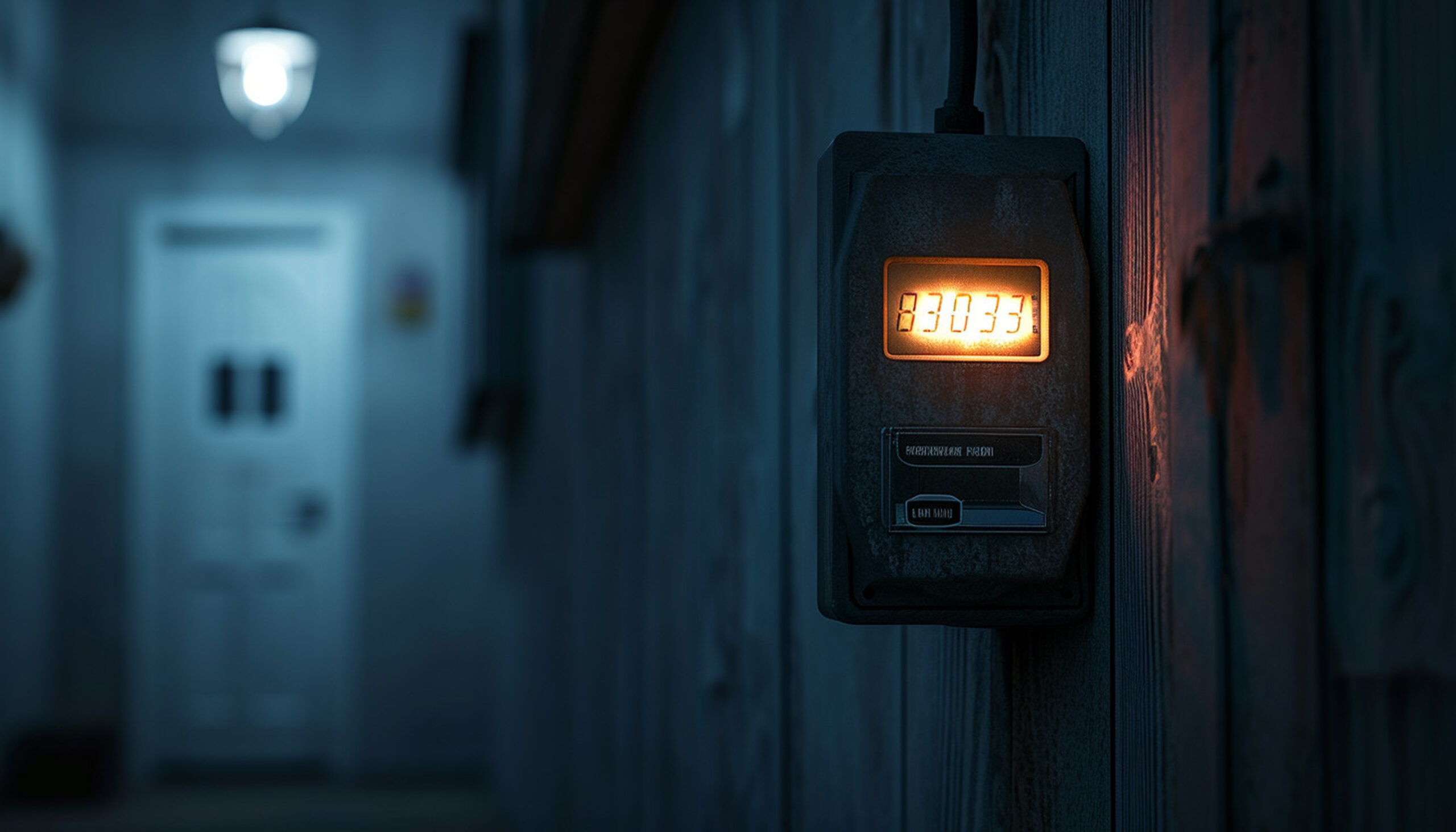Rewiring a house is more than simply replacing old wires; it involves enhancing the safety of your home, improving energy efficiency, and preparing your property to handle modern electrical demands. Whether you’re living in an older home or planning a major renovation, understanding what affects the cost of rewiring can support your decision-making process.
At On The Hour Service, we help homeowners address electrical issues by providing practical and immediate solutions. This guide explains why rewiring your home might be necessary and what factors contribute to the total cost.
Why You Should Rewire Your Home
Lights dim or flicker regularly
Exposed wiring
Exposed or frayed wires present serious safety risks, often caused by wear and tear, rodents, or substandard installations. These wires may short-circuit or spark, leading to fire hazards or electric shocks. If you notice exposed wiring anywhere in your home, it’s essential to call an emergency electrician immediately. Rewiring your property will eliminate these risks and bring your system up to modern safety standards.
Fuses keep blowing
Sparks appear when you plug in an appliance
Sparks when plugging in devices are never normal. This typically indicates loose wiring, faulty outlets, or degraded insulation—all of which can lead to electrical fires if left unaddressed. These are serious red flags. A licensed electrician in Sydney should inspect affected circuits immediately. Rewiring helps secure safe electrical connections and minimises future risks.
There are too many fuses in the electrical panel
Circuit breakers keep tripping

Key Factors That Affect the Cost of Rewiring a House
Size and Layout of the Property
Condition of the Existing Wiring
Accessibility of Wiring
Type of Wiring and Materials Used
Hidden Costs and Unexpected Expenses
Hidden Wiring Issues
Wall Repair and Restoration
Upgrade to the Electrical Panel
Most rewiring jobs also require an upgrade to the switchboard to accommodate modern electrical loads and meet compliance standards. An outdated panel may not support the new wiring, compromising system safety. If your home has an old fuse box or lacks proper circuit protection, the cost of a switchboard upgrade will be included.
Post-Rewiring Cleanup
Conclusion
Rewiring your home improves safety, meets today’s power demands, and prevents serious risks such as fires or system failures. If you’re experiencing issues like flickering lights, tripping breakers, or visible wiring faults, it’s time to consult a licensed electrician in Sydney. In most cases, rewiring also involves upgrading the switchboard to meet modern safety regulations.
FAQ's
How long does it take to rewire a house?
What are the signs that my house needs rewiring?
How much does it cost to rewire a 3-bedroom house?
What types of wiring are best for rewiring a house?
How do I find a reliable electrician for rewiring?
93 Exley Road Wedderburn NSW 2560 Campbelltown & South West Sydney
Why Installing Your Own EV Charger Could Void Your Car’s Warranty and Insurance
Why Installing Your Own EV Charger Could Void Your Car’s Warranty and Insurance Category: The...
Read MoreThe Hidden Damage Rodent Cause to Electrical Wiring and Insulation
What Does a Pre-Installation EV Charger Inspection Entail? Category: Installing an EV charger at your...
Read MoreThinking of Installing an EV Charger in Your Apartment or Shared Parking Area? Here’s What You Need to Know
Thinking of installing an EV charger in your apartment or shared parking area? Here’s what...
Read MoreIs It Safe to Install an EV Charger Outdoors in Sydney’s Weather Conditions?
How to Choose the Right Gate Intercom for Your Property Category: The increased availability of...
Read MoreHow to Choose the Right Gate Intercom for Your Property
How to Choose the Right Gate Intercom for Your Property Category: Selecting the appropriate gate...
Read MoreThe Light Switch Feels Warm or Smells Burnt — What Should I Do?
The Light Switch Feels Warm or Smells Burnt — What Should I Do? Category: Light...
Read MoreWhy Do I Get a Small Electric Shock from My Appliances?
Why Do I Get a Small Electric Shock from My Appliances? Category: Small electric shocks...
Read MoreElectrical Surges Damaging Your Appliances? Here’s What You Can Do
Electrical Surges Damaging Your Appliances? Here’s What You Can Do Category: An electrical surge refers...
Read MoreWhat are the types of smoke Alarms and How Does It Work?
What are the types of smoke Alarms and How Does It Work? Category: A smoke...
Read MorePower Outage in Just One Room? Here’s What Could Be Causing It
Power Outage in Just One Room? Here’s What Could Be Causing It Category: Experiencing a...
Read More





